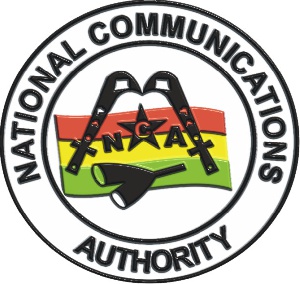 NCA is the statutory body mandated to license and to regulate electronic communication activities
NCA is the statutory body mandated to license and to regulate electronic communication activities
An Accra High Court has ruled that, the National Communications Authority (NCA) acted justly and within its mandate when it reclassified the maximum radius within which Commercial FM stations in Ghana should operate from 100km to 45km.
Multimedia Group Limited and Bell Communications Limited, operators of Joy FM and Asempa FM respectively had sought for a judicial review of the NCA’s directive, challenging the decision to reduce the coverage and describing the Authority’s actions as unreasonable, unfair and wrongful.
The court, however, in its ruling on June 13th, 2019 in refusing the application to quash the directives of the NCA stated that it agreed with the respondent (the NCA) that the NCA has the mandate to deal with the issue of the reduction of coverage radius of FM stations.
The NCA has since the stakeholder consultation workshop held in 2012 reduced the coverage radius of commercial FM stations from the previous 100km radius to 45km. This has resulted in commercial stations across the country reducing their coverages in line with the Authority’s directive. The directive was to shave off part of the existing spectrum to create room and to assign to other applicants who wish to operate FM stations in Ghana. The action is also to enhance media pluralism in Ghana.
Present Coverage Limitations for FM stations
All Urban FM stations in the country are currently mandated to operate within the 45km radius. Rural based stations however operate within a 25km radius.
Continuous Monitoring of Spectrum
The NCA will continue to monitor FM stations to ensure FM stations across the country are adhering to its directives regarding radius coverage. The Authority will also continue to monitor Ghana’s spectrum to ensure that entities assigned various frequencies use them as contained in their authorisations/licenses.